Haven't used up all your chocolate or couverture yet? No problem! Pour the still liquid, tempered chocolate / couverture onto a sheet of baking paper and spread as thinly and evenly as possible using an angled spatula. Then place the baking paper in the fridge for approx. 10 minutes, or on the balcony in winter, until the chocolate has cooled down.
Once the chocolate or couverture has set nicely and is shiny, it can be broken into small pieces and melted again during the next production run or even used to inoculate the already liquid chocolate.
If the chocolate or couverture has set unevenly after cooling and has grey spots, this is not a problem at all. Break or cut the greyish chocolate into pieces and pack it in an airtight container until it melts again. This greyish chocolate should not be used for inoculation, but can be melted in a tempering device or over a water bath and inoculated with new couverture pieces.
The chocolate / couverture can also be stored in the tempering unit straight away, but it takes much longer to melt as a block.
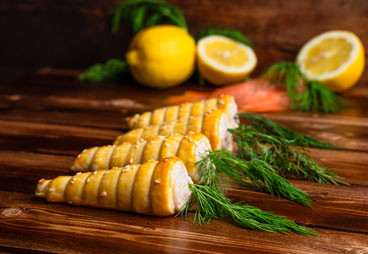
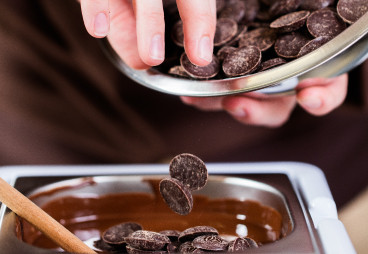
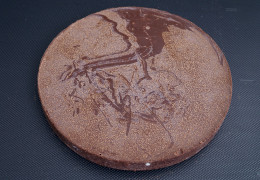
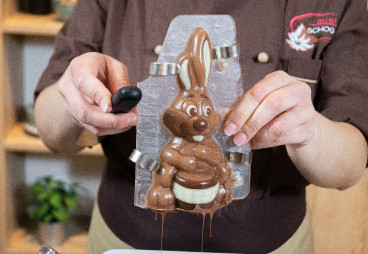



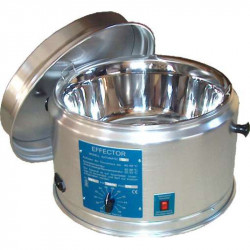
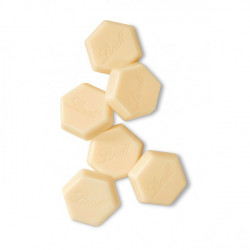
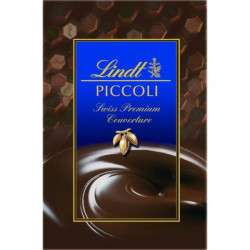
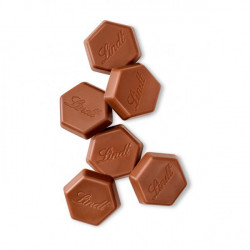
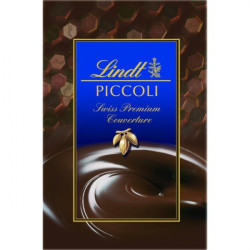
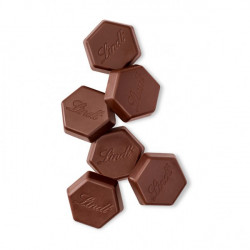
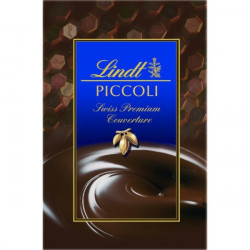
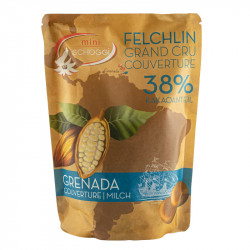
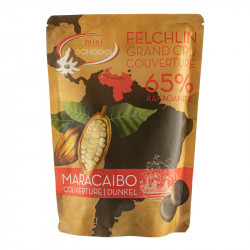
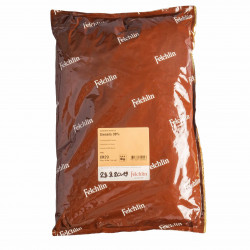
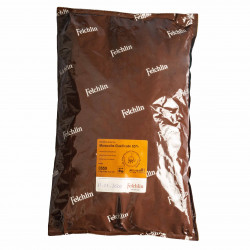
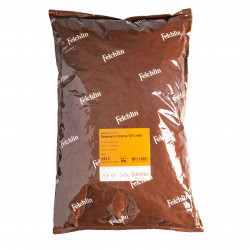
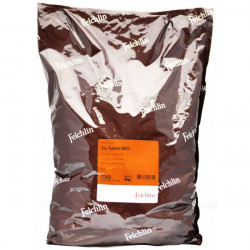
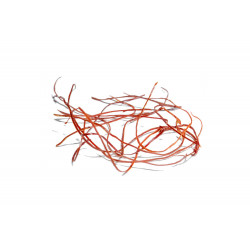
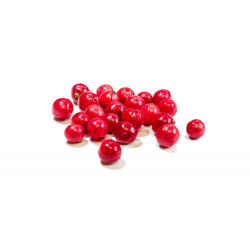



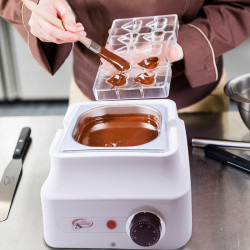
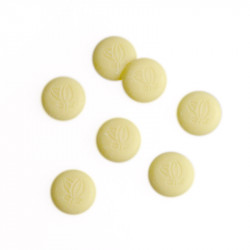
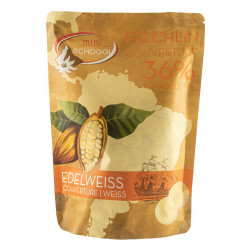
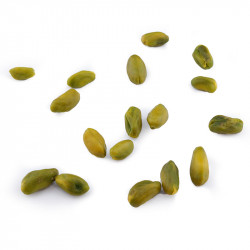
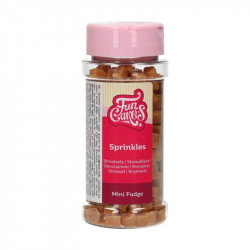
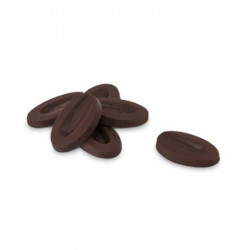
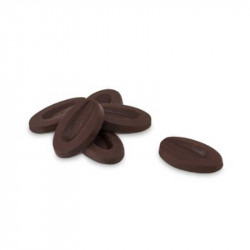
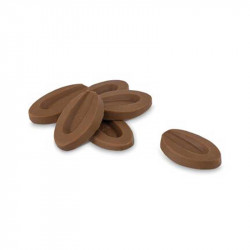
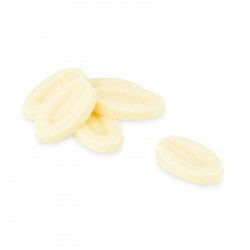
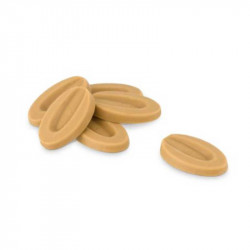
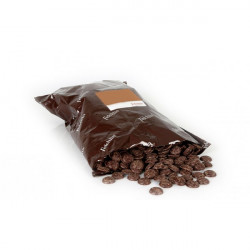

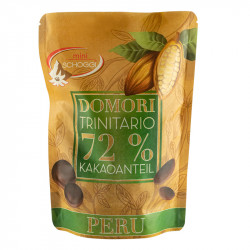
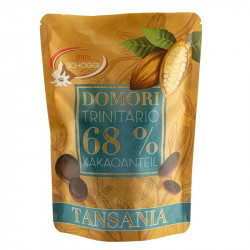


Leave a comment